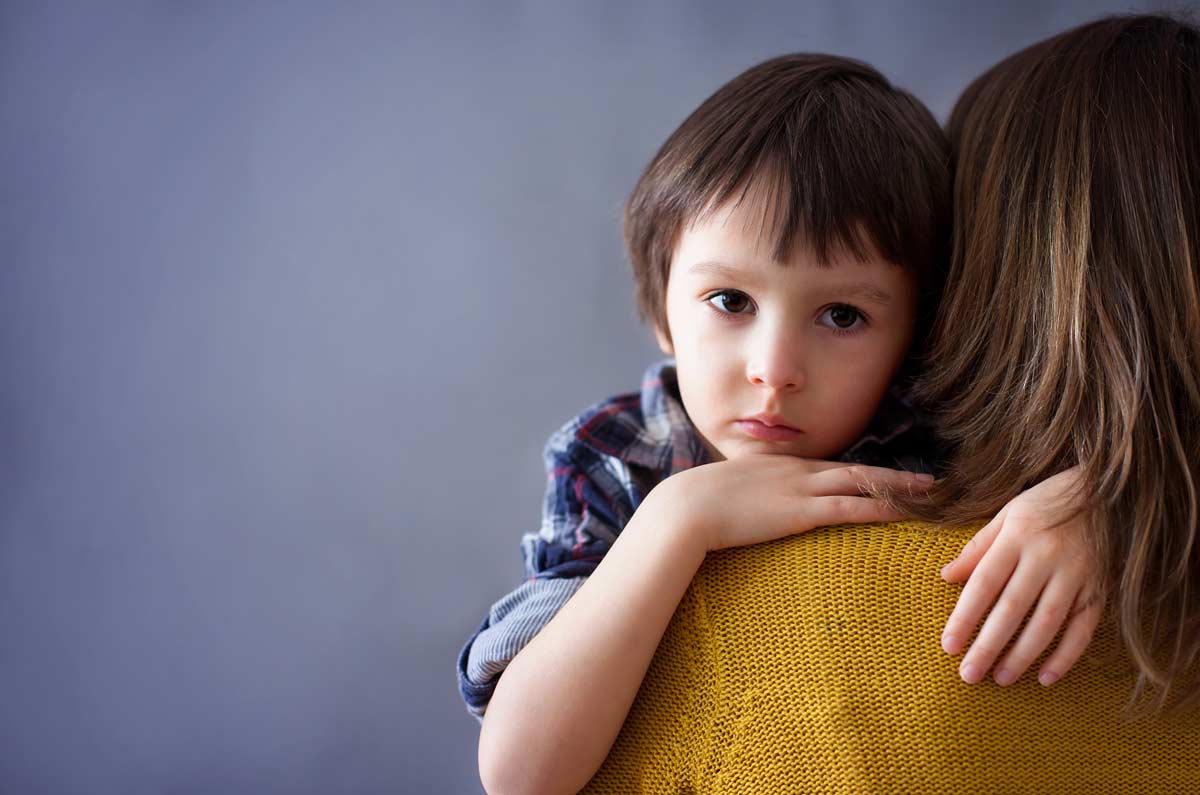Beyond the Adult World: Depression Hits Home for Kids and Teens
When we think of depression, we often imagine adults battling their inner demons. But depression doesn’t discriminate by age—it can strike children and teens, too. This silent struggle can interfere with their school performance, friendships, and overall development. Left unnoticed, the repercussions can be lasting. What’s more, depression in younger individuals often accompanies behavioral issues, substance abuse, and other mental disorders, making it a complex challenge for parents to recognize.
“You don’t have to be positive all the time. It’s perfectly okay to feel sad, angry, annoyed, frustrated, scared and anxious. Having feelings doesn’t make you a negative person. It makes you human.” — Lori Deschene
Hope is on the Horizon: Treating Depression
The good news? Depression is treatable! Through psychotherapy (counseling), medications, and other supportive measures, children and teens can find relief from their symptoms, excel in school, nurture healthy relationships, and boost their self-confidence. Let’s dive into the causes, risk factors, symptoms, and diagnosis of depression in our younger generation.
Unraveling the Mystery: What Causes Depression?
While the exact causes of depression remain elusive, research suggests a blend of genetic and environmental factors plays a role. For instance, pessimistic thinking patterns and limited engagement in rewarding activities can increase the risk. Neurotransmitters—brain chemicals like serotonin, norepinephrine, and dopamine—are also key players. Both antidepressants and psychotherapy aim to correct these chemical imbalances and their impact on brain function.
Spotting the Risk Factors
Several risk factors may increase the likelihood of depression in children and adolescents, including:
– Family history of depression
– Family conflicts or problems with caregivers
– Exposure to early adversity (abuse, neglect, loss)
– Issues with friends or school
– Gender dysphoria or identifying as LGBTQ+
– Negative outlook or poor coping skills
– Previous episodes of depression
– History of anxiety, learning disabilities, ADHD, or conduct problems
– Brain injury or low birth weight
– Chronic illness or pain
Recognizing the Symptoms: A Closer Look
Depression can take various forms, often co-occurring with other mental disorders like anxiety or substance use disorders. To be diagnosed with major depressive disorder, a child or teen must exhibit five or more of the following symptoms for at least two consecutive weeks, with one being either depressed mood or loss of interest/pleasure:
– Depressed or Irritable Mood: Persistent sadness or irritability, which can lead to negativity and arguments.
– Diminished Interest or Pleasure:Loss of interest in activities once enjoyed, known as anhedonia.
– Changes in Appetite or Weight: Significant weight changes or failure to gain weight as expected.
– Sleep Disturbances: Insomnia, excessive sleep, or reversed sleep cycles.
– Psychomotor Agitation or Retardation: Restlessness or slowed movements.
– Fatigue:Persistent tiredness and lack of energy.
– Feelings of Worthlessness or Guilt:Intense feelings of inadequacy or guilt.
– Impaired Concentration:Trouble focusing or making decisions.
– Recurring Thoughts of Death or Suicide:Preoccupation with death or suicidal thoughts.
The Vicious Cycle: Depression’s Impact on Daily Life
Depression can severely affect school performance, relationships with family and peers, and overall daily functioning. It can also lead to risky behaviors like promiscuity or drug use, creating a vicious cycle that perpetuates and intensifies the condition.
Comorbidity: When Depression Coexists
Depression often coexists with other psychiatric or medical conditions. Up to 70% of depressed children and teens have at least one other psychiatric disorder, such as:
– Anxiety disorders
– ADHD
– Oppositional defiant disorder
– Substance use disorders
These comorbidities complicate treatment and increase the risk of recurrence.
Diagnosing Depression: What to Expect
A healthcare provider will conduct a thorough physical exam and possibly some tests to rule out other medical conditions. The diagnosis primarily hinges on discussions with both the child and the parents. Understanding and acknowledging the diagnosis is crucial for effective treatment.
When to Seek Help
Parents might struggle to distinguish between normal developmental issues and depression. If you notice changes in your child’s mood and functioning, contact a healthcare provider promptly. Immediate action is necessary if there are any signs of suicidal thoughts or behaviors.
Taking Action: Preventing Suicide
Suicide is a tragic, preventable consequence of severe depression. Any mention of self-harm should be taken seriously. Signs that a child or teen may be considering suicide include talking about death, increased substance use, withdrawal, and significant mood changes. Seek immediate help if these signs are present.
Your Child’s Mental Health Matters
Depression is a real illness that affects children and teens just as profoundly as it does adults. But with the right support and treatment, there is hope. At Shiloh Health, we’re dedicated to being here for you. We provide comprehensive mental telehealth services, clinical examinations, and therapy for adults, teens, and children. Prefer an in-clinic appointment? We’ve got you covered. Request for a free 15- minute consultation with us or by calling 682-412-0131. Don’t wait—your child’s mental well-being is our priority.







